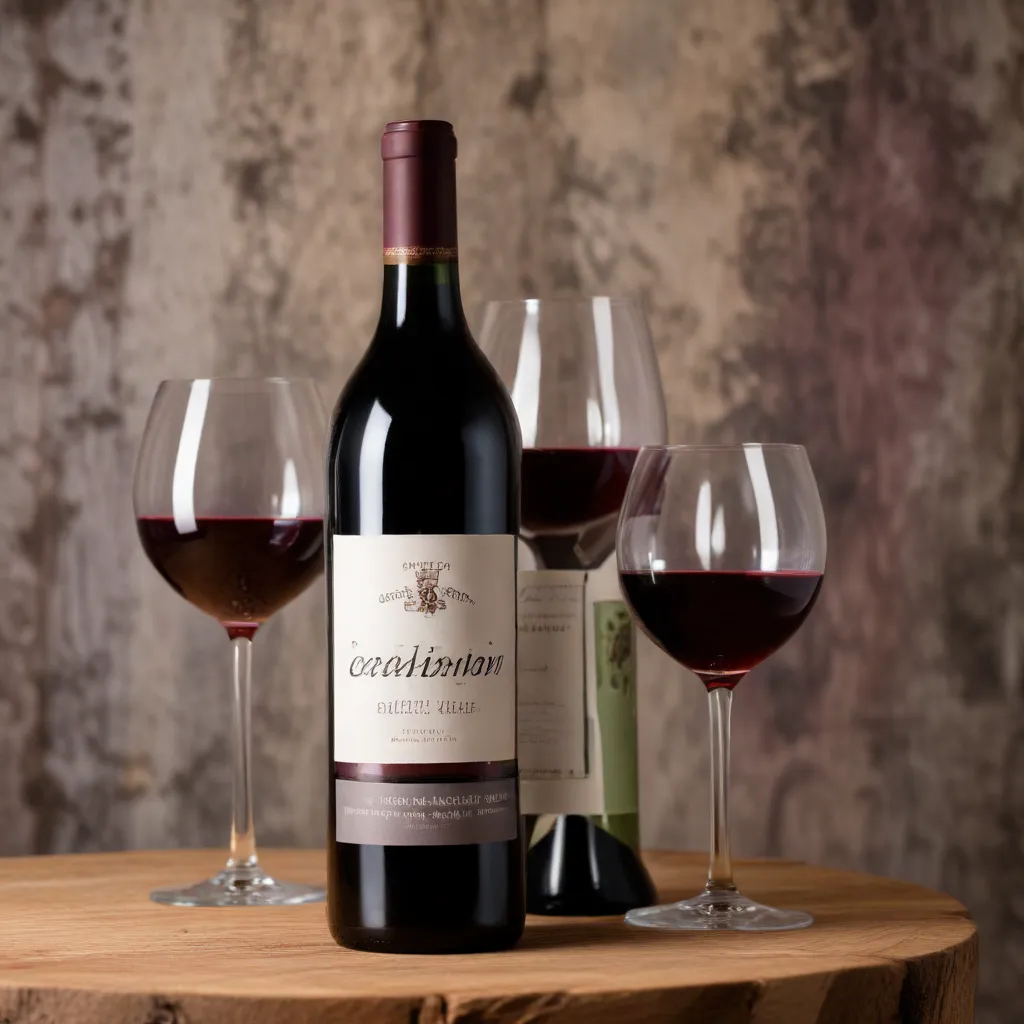
In the ever-evolving landscape of the wine world, there lies a captivating realm of unconventional styles that defy expectations and ignite the palates of adventurous oenophiles. While the classic varietals and renowned regions have long dominated the spotlight, a new generation of vintners is pushing the boundaries, embracing the unexpected and unveiling a world of wine that is both innovative and inspiring.
Emerging Wine Varietals
Beyond the familiar Cabernets, Chardonnays, and Merlots that grace our shelves, a new wave of grapes is making its mark, each with a unique story and flavor profile. Grüner Veltliner, the signature white grape of Austria, dazzles with its crisp acidity and subtle spice notes, while Tempranillo from Spain’s Rioja region captivates with its rich, velvety tannins and hints of ripe red fruit. Even lesser-known varietals like Assyrtiko from Greece and Carménère from Chile are carving out their own niches, offering wine enthusiasts a chance to explore the diverse tapestry of the global wine landscape.
But the intrigue extends beyond single-varietal wines. Innovative winemakers are also embracing the art of blending, creating unique and harmonious compositions that defy traditional boundaries. Bordeaux-style blends, traditionally dominated by Cabernet Sauvignon and Merlot, are now being reinterpreted with the inclusion of more unusual suspects, such as Petit Verdot and Malbec, resulting in complex, multilayered red wines. Similarly, white blends are showcasing the synergy of grapes like Viognier, Roussanne, and Marsanne, producing textured and aromatic expressions that challenge the notion of varietal purity.
Experimental Winemaking Techniques
Unconventional wine styles are not only about the grapes themselves but also the meticulous processes employed by visionary winemakers. In the realm of natural winemaking, for instance, the emphasis shifts from technological intervention to a more hands-off, minimalist approach. These wines often forgo the use of commercial yeasts, opting instead for native fermentation, which allows the indigenous microflora of the vineyard to shape the wine’s personality. The result is a spectrum of wild, untamed flavors that capture the essence of the terroir in a raw and unadulterated form.
Barrel aging, too, has become a canvas for experimentation. While traditional oak barrels remain a staple, innovative winemakers are exploring alternative vessels, such as concrete eggs, amphora, or even terracotta qvevri, to impart unique textural and aromatic qualities to their wines. The interaction between the wine and these unconventional materials can imbue the final product with an otherworldly complexity, challenging the preconceived notions of what a wine should taste like.
Unique Wine Regions
The world of unconventional wines extends far beyond the boundaries of the Old World’s hallowed vineyards. Across the globe, emerging wine regions are carving out their own identities, drawing inspiration from their distinct terroirs and local traditions.
In the Mediterranean, the sun-drenched vineyards of Greece and Italy have long been the custodians of ancient, indigenous grape varieties that are now captivating the global palate. From the volcanic-influenced wines of Santorini to the rustic, earthy reds of Abruzzo, these regions offer a glimpse into a winemaking heritage that has endured for centuries.
Further east, the vineyards of Eastern Europe, once shrouded in mystery, are now revealing their own enchanting stories. Georgia, the cradle of winemaking, is renowned for its unique qvevri wines, fermented and aged in large, clay vessels buried underground. Meanwhile, Hungary’s Tokaj region is celebrated for its luscious, golden-hued Aszú wines, a testament to the power of botrytis and the region’s remarkable terroir.
Across the globe, New World wine regions are also embracing the spirit of the unconventional. Emerging regions like Tasmania, Argentina’s Patagonia, and New Zealand’s Central Otago are pushing the boundaries, crafting cool-climate wines that defy traditional stereotypes. These adventurous winemakers are harnessing the unique microclimates and soil compositions of their terroirs to produce bold, innovative styles that capture the imagination of wine lovers worldwide.
Embracing Wine Diversity
At the heart of the unconventional wine movement lies a deep reverence for authenticity and a celebration of diversity. Artisanal winemakers, driven by a passion for their craft, are eschewing mass production in favor of small-batch, biodynamic and organic practices that prioritize the purity of the grape and the integrity of the land.
These visionary vintners are not content with merely replicating the classics; instead, they’re dedicated to uncovering the hidden potential of their vineyards, experimenting with novel techniques, and embracing the unique characteristics of their terroirs. The result is a tapestry of wine styles that captivate the senses and challenge the preconceptions of the traditional wine world.
And it’s not just the producers who are embracing this spirit of exploration. Across the globe, a new generation of wine enthusiasts is emerging, driven by a thirst for authenticity and a desire to discover the unexpected. These adventurous wine drinkers are seeking out the unique, the esoteric, and the unconventional, fueling a demand for wines that tell a story and evoke a sense of place.
Unexpected Wine Pairings
The world of unconventional wines extends beyond the bottle, spilling over into the realm of culinary exploration. As winemakers push the boundaries of their craft, so too are chefs and food enthusiasts embracing the challenge of pairing these innovative styles with their culinary creations.
Traditional wine-and-food pairings have long been the domain of the classic varietals, but the rise of unconventional wines has opened up a world of nontraditional food matches. A bright, mineral-driven Assyrtiko from Greece might find its perfect partner in a vibrant Mediterranean seafood salad, while a bold, spicy Tempranillo from Spain could seamlessly complement a hearty dish of cocido, the region’s renowned meat and vegetable stew.
Beyond the plate, the unconventional wine experience is also being reimagined in terms of innovative serving experiences. Winemakers and sommeliers are experimenting with unconventional glassware and decanting methods to enhance the sensory journey, while immersive tasting events invite wine enthusiasts to explore the stories behind each bottle, blurring the line between vinous exploration and culinary artistry.
At the Wine Garden Inn, we embrace this spirit of the unconventional, curating a selection of wines that challenge the status quo and inspire our guests to embark on a journey of discovery. Whether you’re savoring a rare Grüner Veltliner from Austria, sipping a captivating Carménère from Chile, or exploring the depth of a qvevri wine from Georgia, our commitment to showcasing the diverse tapestry of the wine world is unwavering.
As you raise your glass and immerse yourself in the unexpected, remember that the true beauty of the wine experience lies not only in the flavors that grace your palate but also in the stories, the traditions, and the innovation that bring each bottle to life. Embrace the unconventional, and let your senses be your guide on a voyage through the enchanting world of wine.
